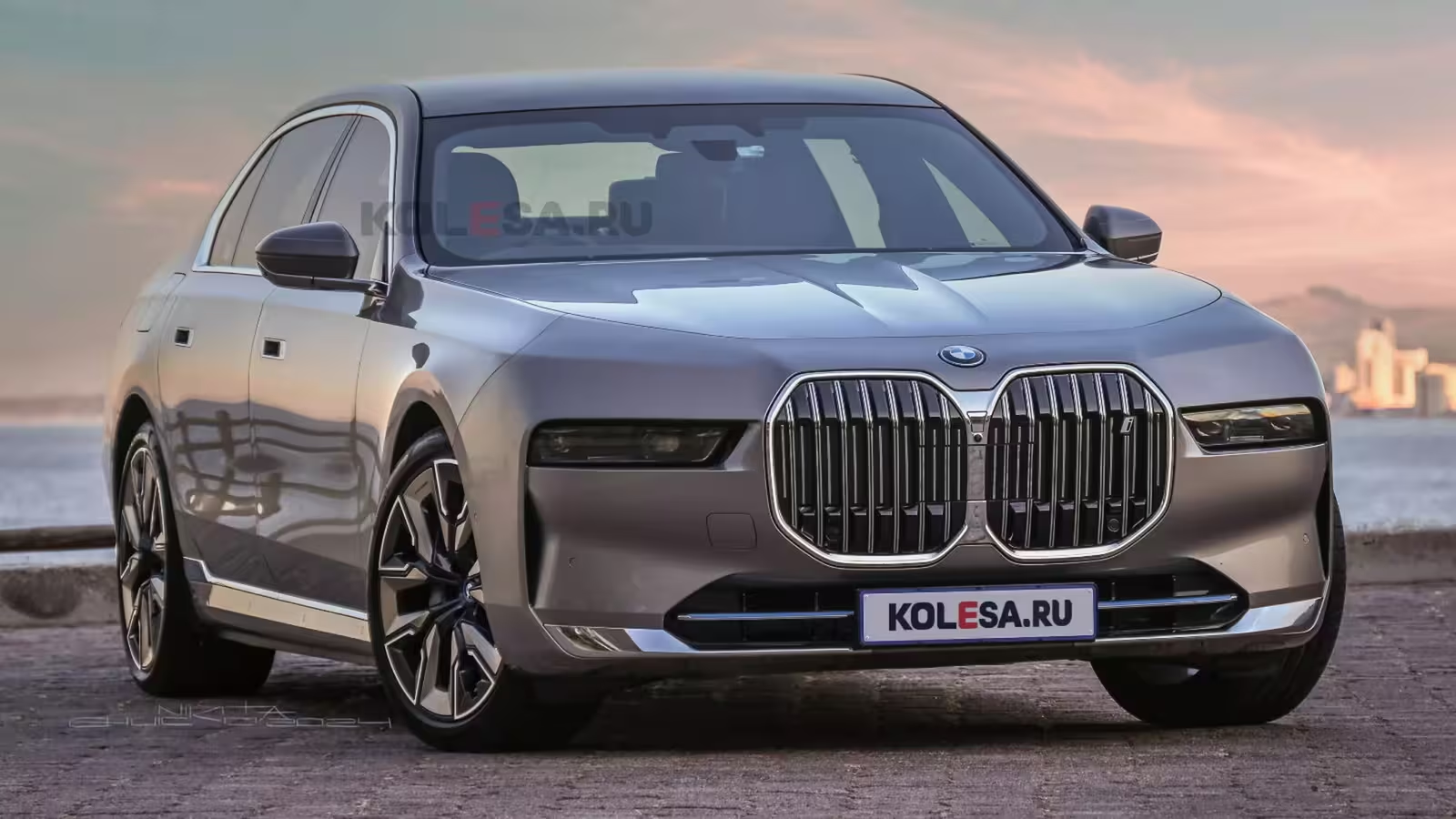3 Minutes
The Evolution of Headlights: Beyond Function to Design Statement
In today’s automotive world, few design elements capture attention quite like headlights. No longer just a basic necessity, headlight designs have evolved into distinctive focal points, shifting the very identity of popular brands like Audi and BMW. As automakers push boundaries with bold split-light designs, opinions among car enthusiasts and industry critics have become sharply divided.
Audi and BMW Embrace the Split Headlight Trend
Automotive giants Audi and BMW have applied the split headlight look to several of their latest vehicles. This progressive design strategy uses separated lighting elements to create a futuristic, dramatic front-end appearance. While some drivers appreciate the unique, tech-forward vibe, others long for the balanced simplicity of traditional single-unit headlights.
Digital Artist Reimagines the Icons
Fueling this discussion, digital artist Nikita Chuyko (known professionally as Kelsonik) has reworked popular Audi and BMW models, exploring what a return to unified headlights might look like. His creative renderings, shared on social media and in leading automotive media, imagine everything from the Audi Q3 and Q6 e-tron to the BMW 7-Series with cleaner, more harmonious lighting arrangements.
Audi’s Streamlined Look: Cohesive and Contemporary
For his Audi concepts, Kelsonik removes the conventional upper daytime running lights (DRLs) found on the Q3, Q6 e-tron, and A6 e-tron. Instead, slimmer DRLs are seamlessly integrated into lower clusters alongside the main beams. The outcome: a streamlined, refined front fascia that feels both modern and subtly elegant. This change, though seemingly minor, creates a major shift in the vehicle’s visual identity.
Design Disruption: Reactions and Ambiguity
Adjusting to these new visuals requires a moment. With the DRLs repositioned lower and the upper section left bare, the entire character of the front end transforms. On electric Audi models—where the grille often blends in with the body color—this approach creates a softer, less defined look. Automotive fans on Kelsonik’s channels were split: some praised the chic minimalism, while others lamented the loss of the traditional "eyes" that have anchored car design for generations.
BMW’s Take: Unified Light Units and Future Vision
BMW has also been at the forefront of lighting innovation. In Chuyko’s reinterpretation, models such as the BMW 7-Series, X7, and XM SUV lose their isolated DRLs but keep their overall muscular silhouettes. The flagship 7-Series sedan, in particular, gains an upscale allure with cohesive headlight units, though enthusiasts argue that a slightly higher light placement and a toned-down kidney grille would enhance overall balance.
Looking Ahead: Neue Klasse and Beyond
BMW is already planning its next design era with the anticipated Neue Klasse models. Expected to launch soon, this new lineup will trade split headlights for a cleaner, shark-nose profile reminiscent of classic BMWs, but with a sleek, contemporary twist. The result aims to combine heritage with innovation, creating luxury vehicles that look forward while honoring the past.
Performance, Market Position, and Comparisons
Though these aesthetic changes don’t directly impact engine power or technical specs, how a vehicle presents itself plays a big role in market positioning. Both Audi and BMW are targeting premium buyers who value not only driving dynamics—like the performance of the Audi Q6 e-tron’s electric motors or the BMW 7-Series' luxury ride—but also distinctive, forward-thinking styling. Compared to rivals like Mercedes-Benz with their more conservative lighting, Audi and BMW are taking bolder leaps, risking polarization for the sake of brand personality.
As automotive lighting continues to evolve, one thing is clear: headlights will remain a canvas for innovation and individuality, driving discussion in both design studios and among car lovers worldwide.
Source: carscoops



Comments